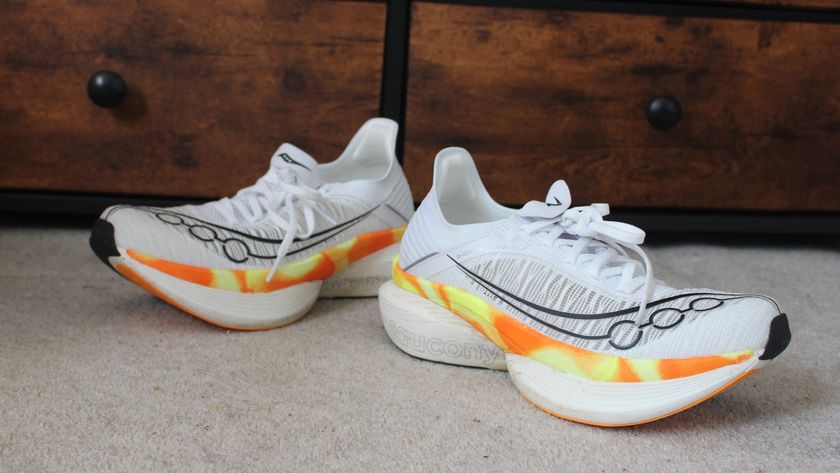How Technicolor is applying open source to the 'connected car'
Company's Qeo solution is taking on Google and Apple
BJ: What we propose is a universal, open source solution named Qeo that comes in addition to the software embedded in the car.
Qeo is a communication framework which allows devices and apps of all brands and all ecosystems to "talk to one another" in order to invent new use cases without worrying about the technologies, formats, standards or OS used. Qeo connects the car to other cars, other devices, apps, cloud services and to the user's home. Our solution has been recently chosen by PSA Peugeot Citroen.
As the world leader in Connected Home solutions, working with major operators across the world Technicolor has acquired a strong expertise in designing products, services and apps for heterogeneous ecosystems.
The breadth of our customer base means taking into account a huge number of different technologies, standards and requirements. Qeo has been created to facilitate this integration work and to enable interoperability between connected devices. That's why we can today offer smart home solutions never seen before.
We work closely with NSPs and car manufacturers to design complex yet seamless interactions between connected devices and cars in and out of the home. In fact we have integrated the car among the other connected devices of the home ecosystem. For instance, say someone is ringing at your door; you can answer from your car.
Or you want to launch a recording on your set top box; you can do it from the car as well. With Qeo, connected devices publish their information, status, requests… and other devices using Qeo can subscribe to this information to perform advanced tasks.
Here's another scenario; when you approach your home, your car will let your connected thermostat know so it and set up the right temperature for your arrival. You can also be notified in your car when your children are home, or your passengers can simply enjoy content streamed from your STB hard drive on their tablet during a journey.
Are you a pro? Subscribe to our newsletter
Sign up to the TechRadar Pro newsletter to get all the top news, opinion, features and guidance your business needs to succeed!
There are so many connected devices for smart homes, all don't necessarily use an iOS or Android system. Qeo breaks the silos here and enables us to invent new sets of applications in partnership with both cars manufacturers and NSPs, transforming their business, adding more value to their offers and reinforcing consumers' loyalty to their brands.
TRP: How important do you think discovery will be in persuading consumers to adopt the technology?
BJ: Today, devices operate on a wide variety of competitive technologies and belong to different ecosystems: Apple, Android, Windows and other proprietary solutions, which makes the user experience fragmented.
Essentially, the Internet of Things as it stands today is more an incredible number of devices connected to the internet - rather than a world of interconnected devices able to interact with each other, irrespective of their manufacturer, to create a smarter experience.
Qeo, as a universal and open source communication framework, is made for total interoperability between devices and applications. This means it does not rely on a particular Service Discovery Protocol. Developers can build distributed applications without having to worry about the diversity of languages, OS, or environments; they just focus on the application logic.
Devices can use Bluetooth, Zigbee, Zwave, DLNA, Wi-Fi… or any other technology. That's the beauty of the solution: consumers don't need to be experts and they don't have to wonder about compatibility when they buy a new device.
Based on a "publish/subscribe" architecture, the Qeo APIs and Libraries we have created are amongst the most powerful and the simplest network APIs for developers. With Qeo, devices can exchange usage data, information and status in simple ways to provide better and more seamless usage scenarios for their owners.
Devices are also immediately recognised within the home network and configured through easy set-up procedures. Qeo provides insights - from multiple home networks down to individual customers, devices or applications - enabling many different types of personalisation.
TRP: What time frame do you envisage for the connected car market to go from niche concern to a mainstream proposition?
BJ: There will be huge efforts in the next two years to launch several models of connected cars. LTE has already started to be implemented in some cars and connected services will appear step by step.
Some manufacturers will want to accelerate the process by adopting Android or iOS solutions. It will all depend on how far car manufacturers will want to control the driver experience, their brand and the link with their customers and their own services.
It's quite similar to the Network Services Providers in fact with their TV services. So far, many operators are still reluctant to embed Android into their STB because they want to keep control on their user experience, the data generated and how to use them. Taking this as a model, many car manufacturers will want to think twice about this as well.
While it's easy to offer standalone services via LTE, it's more difficult to create a full comprehensive set of services leveraging a car brand to stand out from competition.
It is our goal with Qeo to help car manufacturers to do this by enabling interconnectivity between connected devices, connected homes and car. We are confident this is the best way to accelerate innovation and new types of services.

Désiré has been musing and writing about technology during a career spanning four decades. He dabbled in website builders and web hosting when DHTML and frames were in vogue and started narrating about the impact of technology on society just before the start of the Y2K hysteria at the turn of the last millennium.











